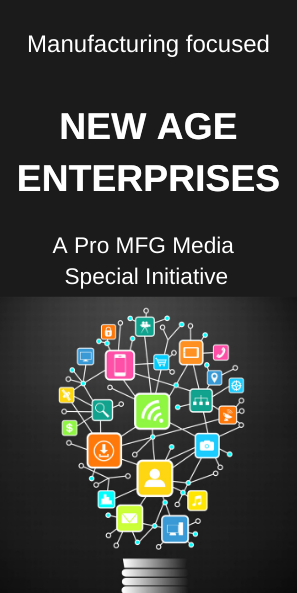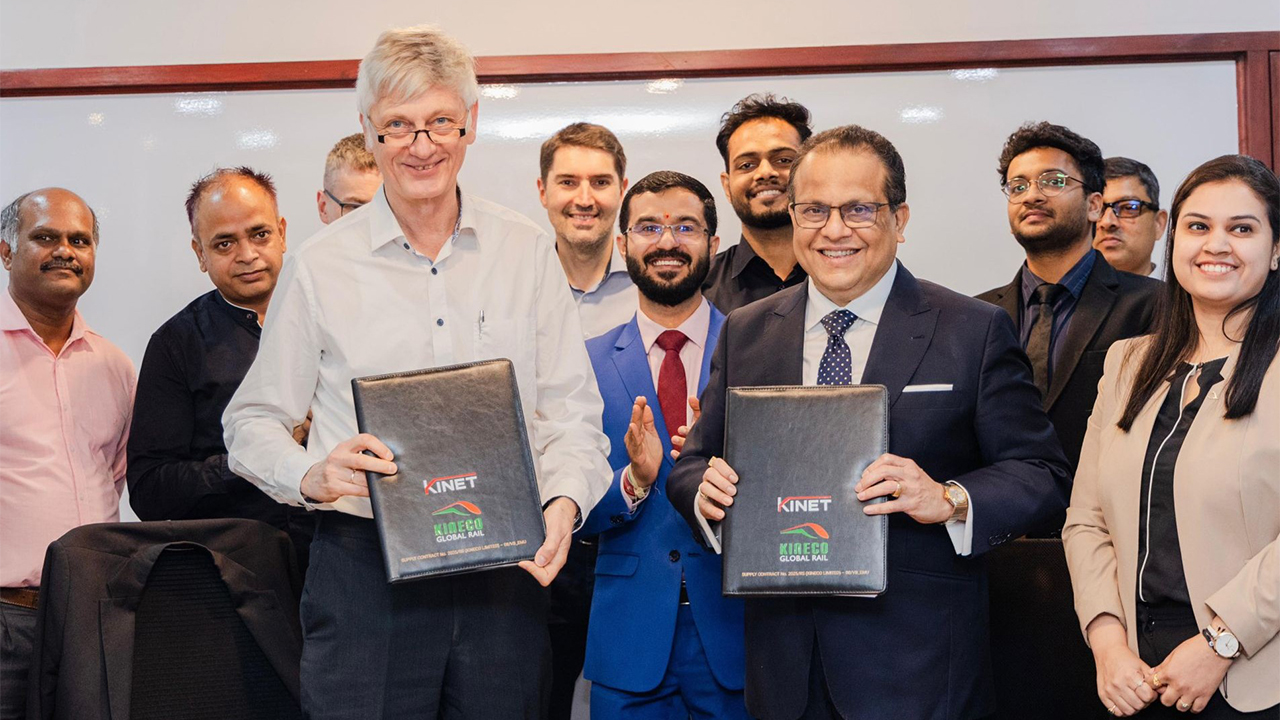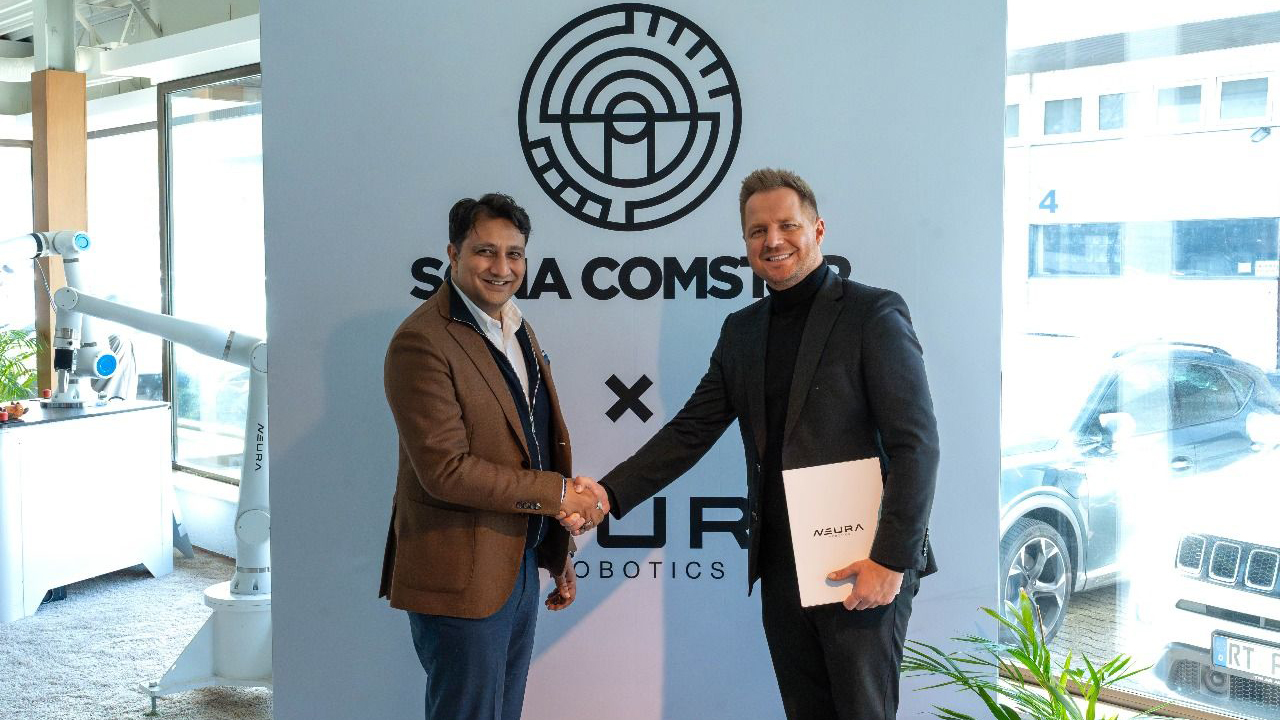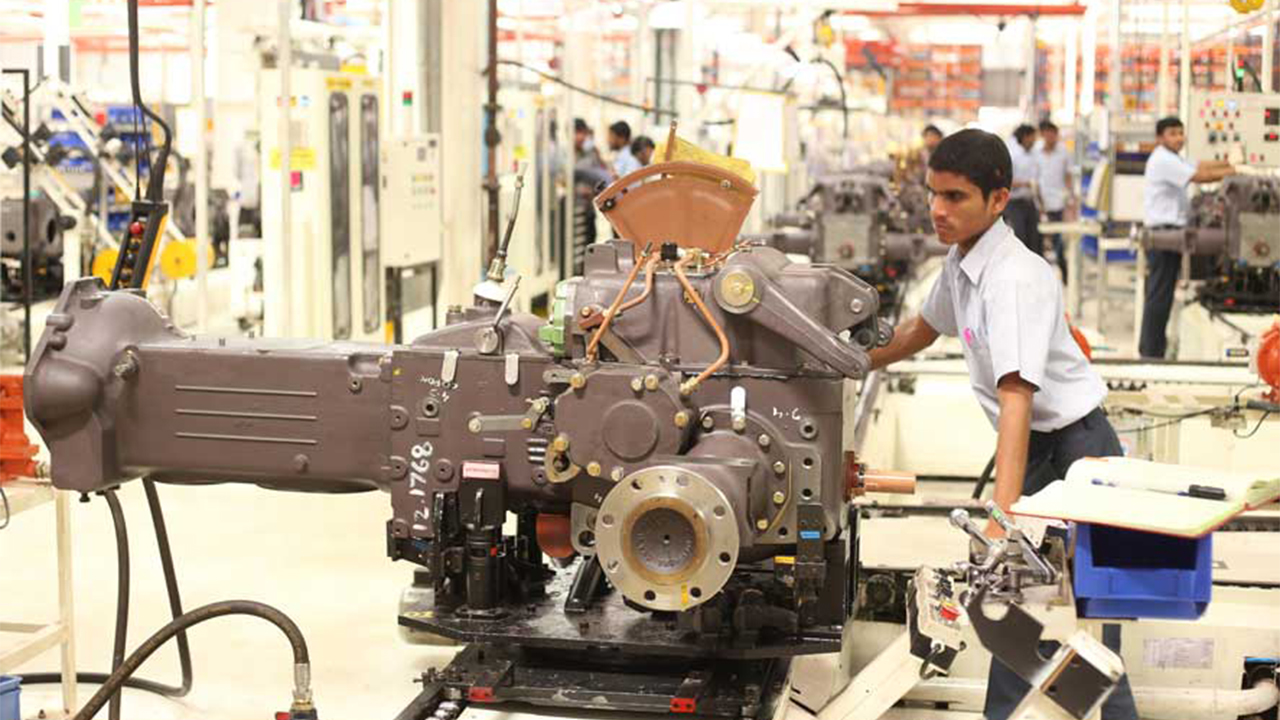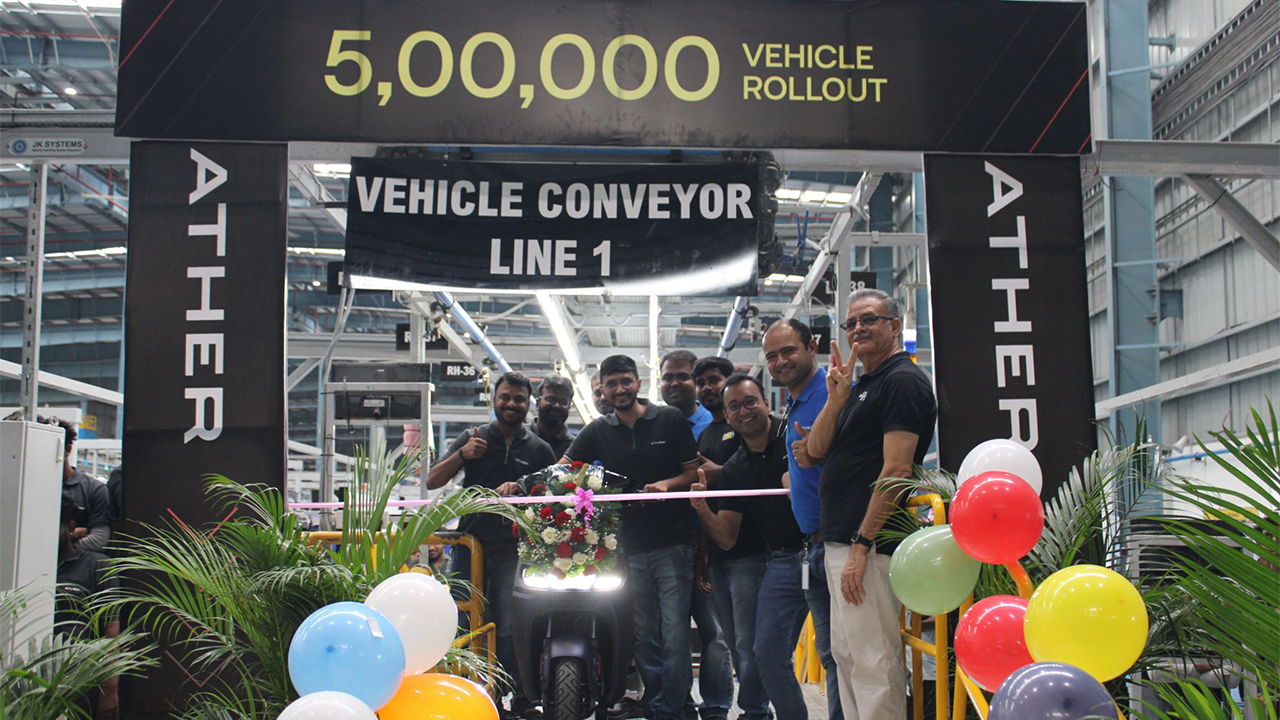“Machine data is the new form of energy; it will power manufacturing and reap business benefits at all levels.”
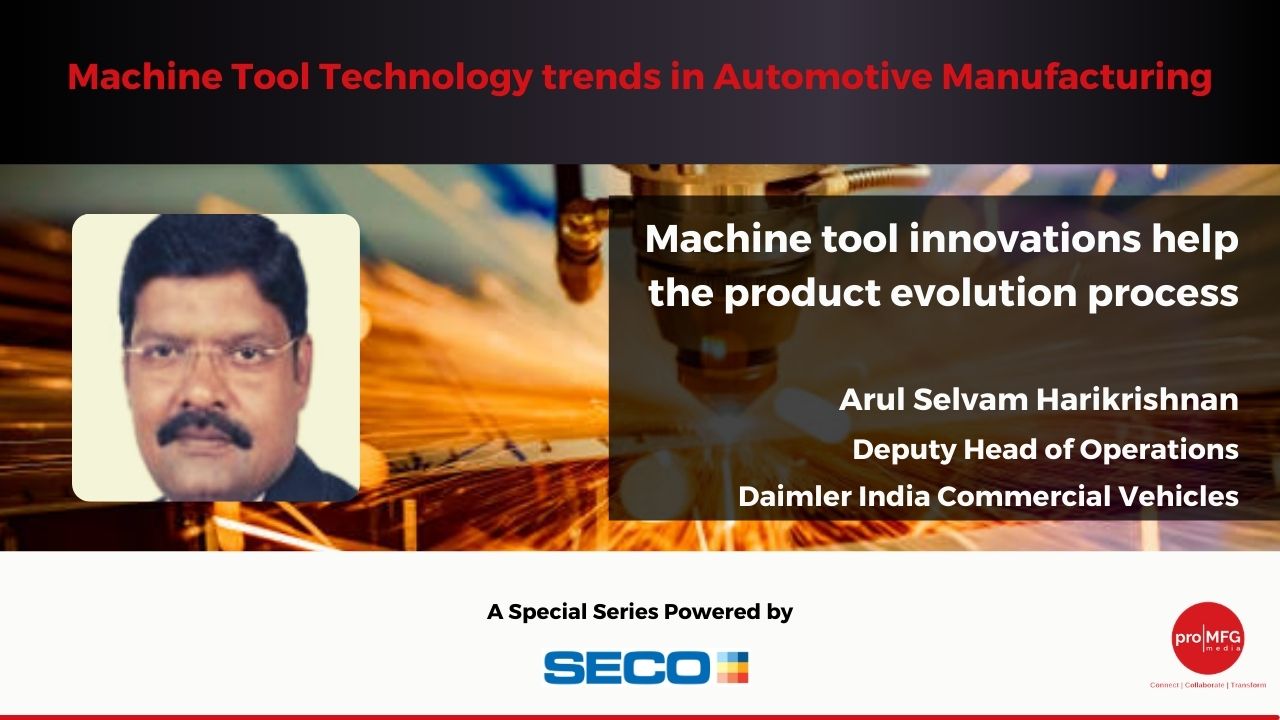
Every day, thousands of parts flow into assembly lines, giving shape to different aggregates and finally to a vehicle. All these parts undergo multiple processes on a variety of machines, which are the backbone of the manufacturing industry. The machine tool industry is continuously evolving with innovations. Even though the majority of machine tool manufacturing is with suppliers, the influence on the entire automotive manufacturing industry is enormous. Machine tool innovations have not only changed the way we manufacture but also helped the product evolution process.
Daimler India Commercial Vehicle’s (DICV) operation commenced with innovation and advanced lean manufacturing as hallmarks. DICV’s robotic CIW shop, advance paint shop, state of the art aggregate shop, and vehicle assembly & EOL shops are fully integrated with a very robust MES system, delivering what is probably the most complex domestic/export product mix for truck production in India.
With the advent of new technologies, things are changing faster than ever; technology has helped rapidly expand the scope of capabilities. It is no secret that the entire manufacturing industry has become increasingly dependent on new digital technologies. Connectivity is vital in the modern manufacturing enterprise and businesses are collecting, analyzing, and storing more data than ever before. This has offered manufacturers new ways to make informed business decisions that have ultimately resulted in smoother running of facilities, more agile business models, and increased profitability.
There are various initiatives at Daimler across different global locations aiming for the factory of the future, carbon footprint reduction, complete flexibility with the volume on-demand, and leveraging real-time data available for planning. Some of these concepts are still evolving and are yet to be proved. However, the manufacturing requirements and solutions cannot be the same across the globe. Moreover, it is very challenging to transform existing manufacturing setups with the latest technologies. Indian automotive OEM’s have started this transformation with a cautious business sense, but it will take longer for the entire ecosystem to transform its manufacturing legacy.
Some of the current key trends in manufacturing are:
⮚ Mobile technologies: Giving factory floor employees access to data analytics via phones and tablets for a more informed and mobile workforce. This has the potential to boost efficiency levels, collaboration, and decision-making.
⮚ Digital performance management and augmented reality (AR): Making sure the right people have the right information in real-time.
⮚ Factory automation robots: AGVs and Robots make collaboration between factory teams more flexible and efficient.
⮚ Advanced analytics and artificial intelligence: Helps manufacturers to better predict demand patterns and allocate resources.
⮚ Digital twins: Helps companies increase productivity and prevent problems by first modeling their machines, processes, and networks in a virtual environment.
DICV will lead this change and show the industry how to leverage new technologies to improve productivity, quality, and cost-efficient manufacturing. We are eliminating steps through automation and focusing on the ability to adapt production capacity according to fluctuating market demand, leveraging real-time data availability and planning. While doing so, we are also making concentrated efforts to reduce energy consumption with an end goal of sustainability and carbon neutrality.
NEWSLETTER
TRENDING ON PRO MFG
MORE FROM THE SECTION

